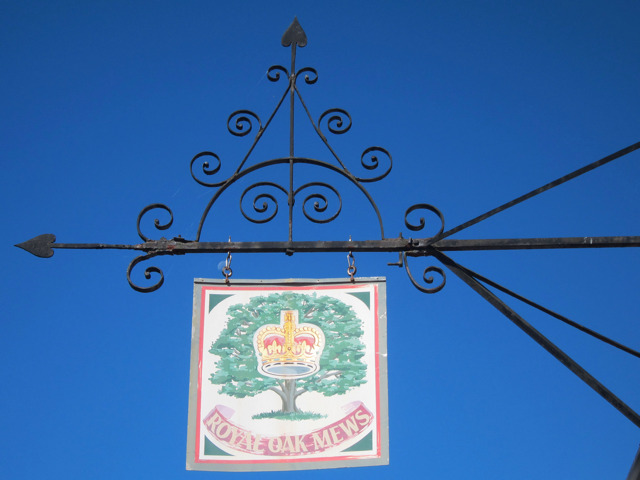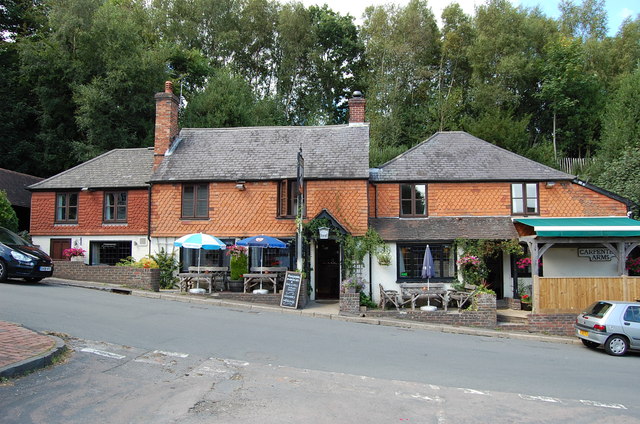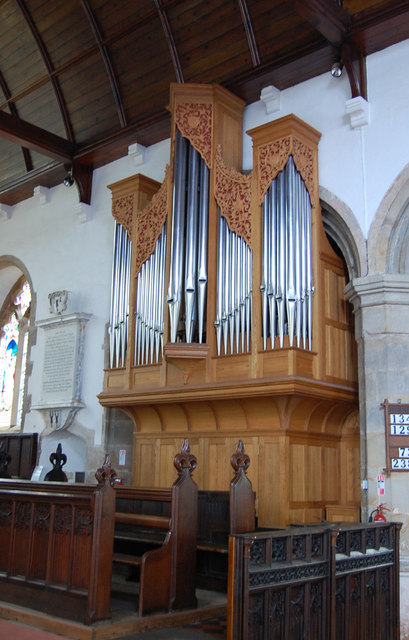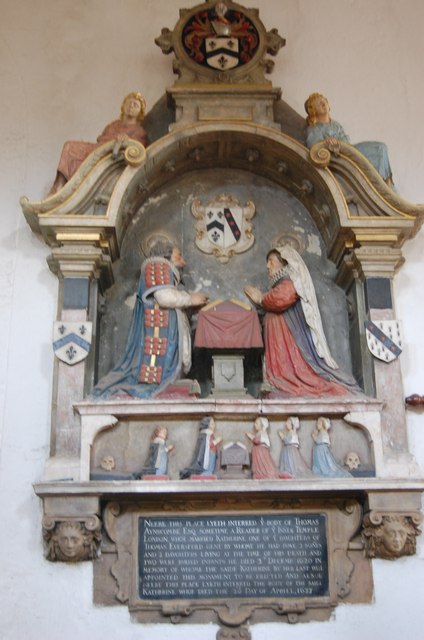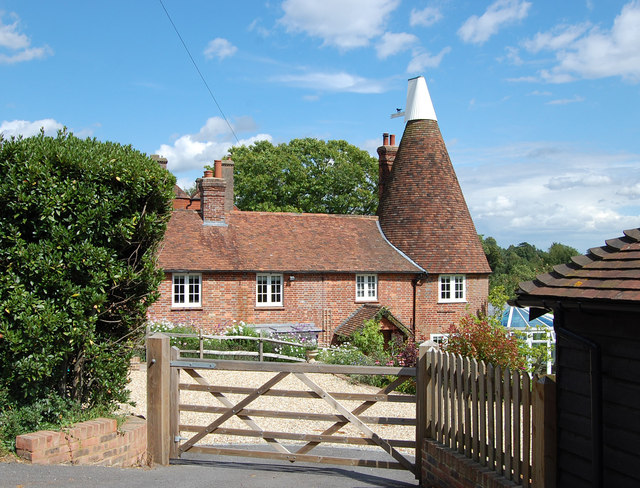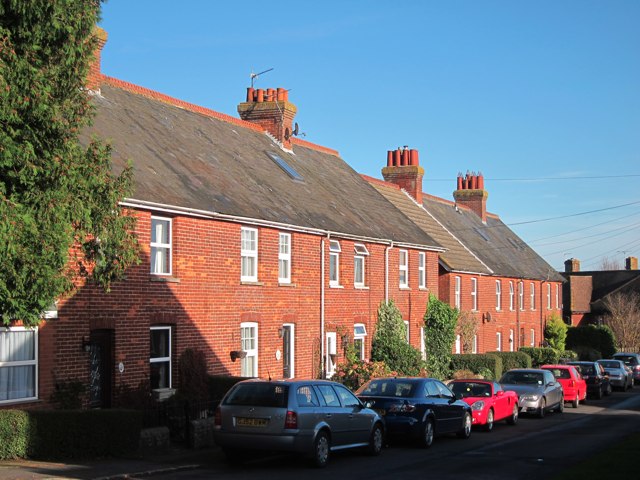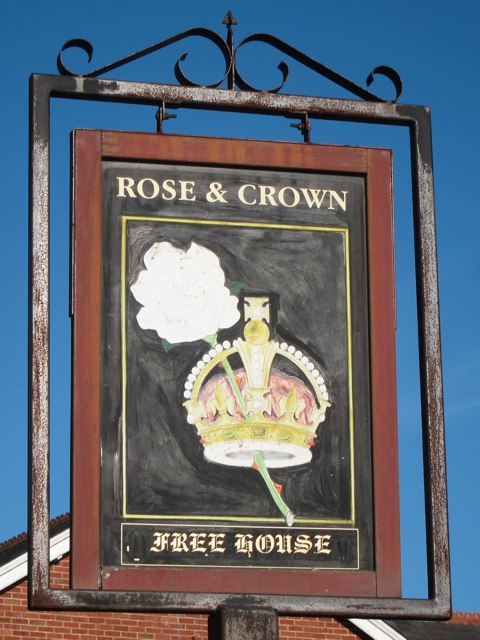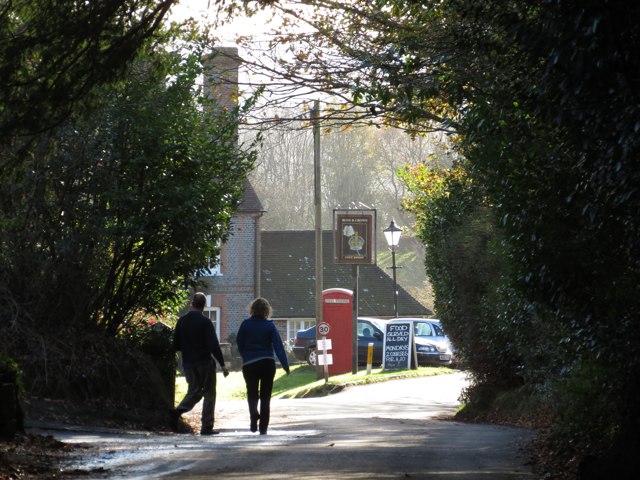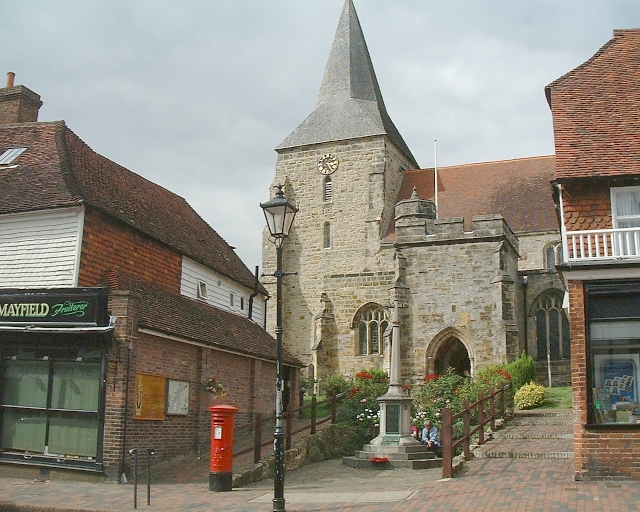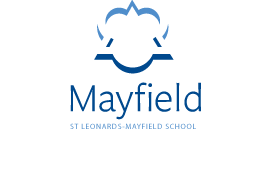Bainden Wood
Wood, Forest in Sussex Wealden
England
Bainden Wood
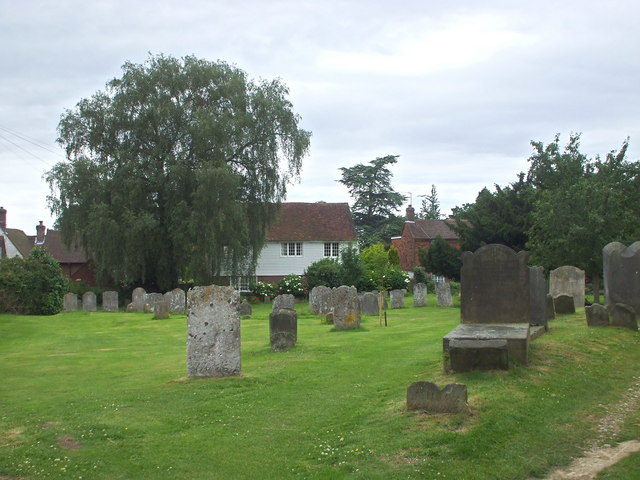
Bainden Wood, located in the county of Sussex, is a picturesque woodland area known for its natural beauty and rich biodiversity. Covering an expansive area, the wood is part of the South Downs National Park, which is renowned for its stunning landscapes and diverse flora and fauna.
The woodland is characterized by a mix of deciduous and coniferous trees, including oak, beech, birch, and pine. These trees create a lush and vibrant canopy, providing habitat for a wide variety of wildlife. Visitors to Bainden Wood can expect to encounter species such as deer, badgers, foxes, and an array of birdlife.
The wood offers numerous walking trails and paths that wind through its ancient and enchanting landscape. These trails provide visitors with the opportunity to explore the wood at their leisure, immersing themselves in its tranquility and natural splendor. The wood also features several viewpoints, offering breathtaking vistas of the surrounding countryside.
Bainden Wood is not only a haven for wildlife enthusiasts and hikers but also a popular destination for families and picnickers. The wood provides ample space for recreational activities, making it an ideal spot for a day out in nature.
Managed by local authorities, Bainden Wood is diligently preserved and protected to maintain its ecological value and natural beauty. The wood serves as an important ecological corridor, connecting various habitats and allowing for the movement of wildlife across the landscape.
In summary, Bainden Wood is a captivating woodland area in Sussex, offering a peaceful escape from the hustle and bustle of everyday life. With its diverse range of flora and fauna, scenic trails, and recreational opportunities, it is a place that truly celebrates the beauty of nature.
If you have any feedback on the listing, please let us know in the comments section below.
Bainden Wood Images
Images are sourced within 2km of 51.010677/0.27732941 or Grid Reference TQ5925. Thanks to Geograph Open Source API. All images are credited.
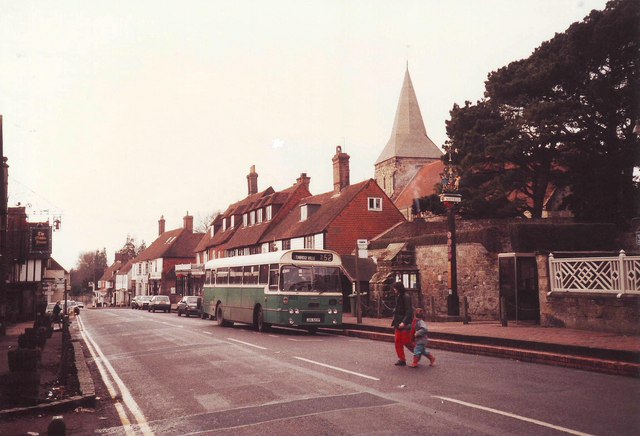
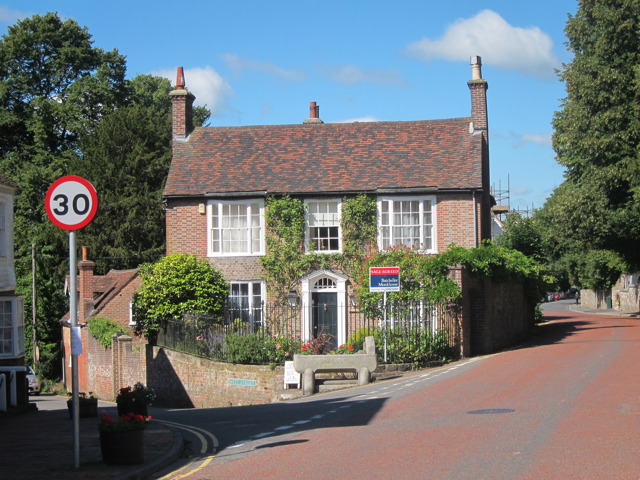
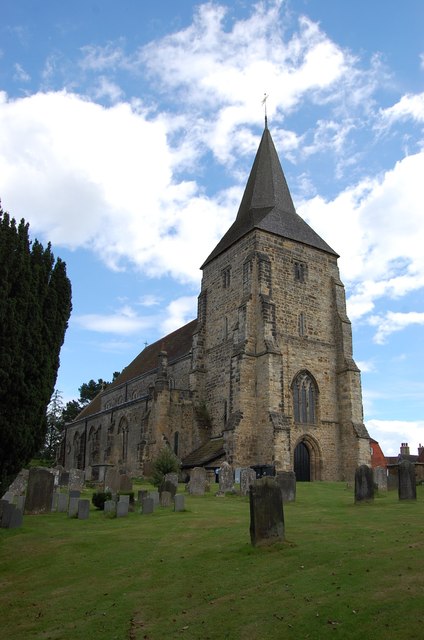
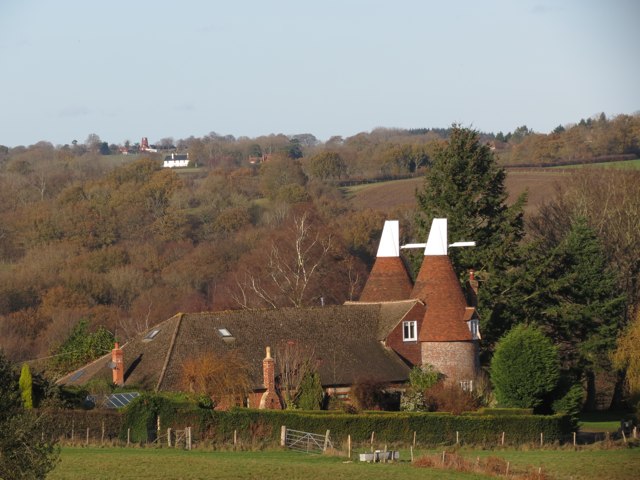
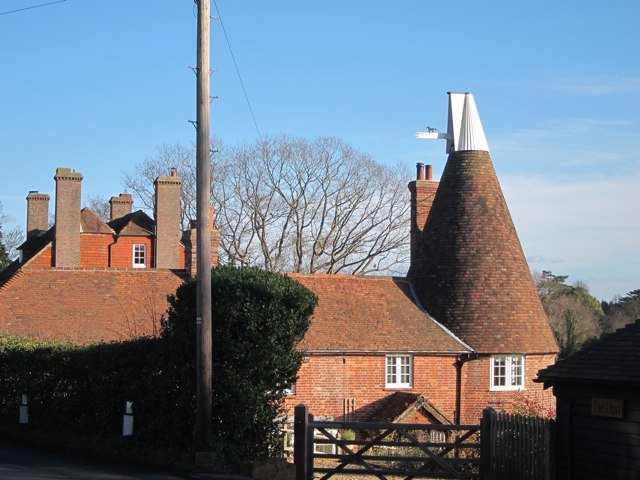
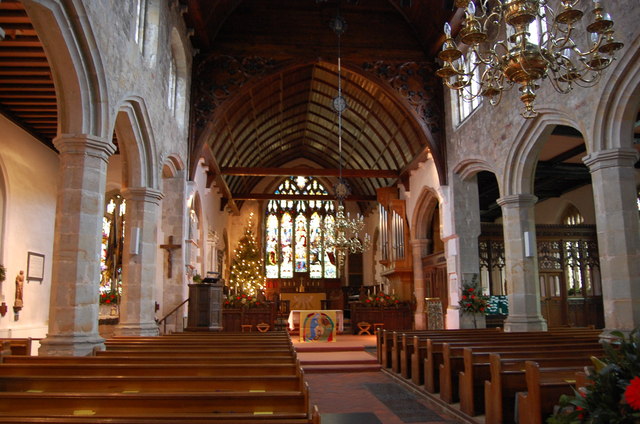
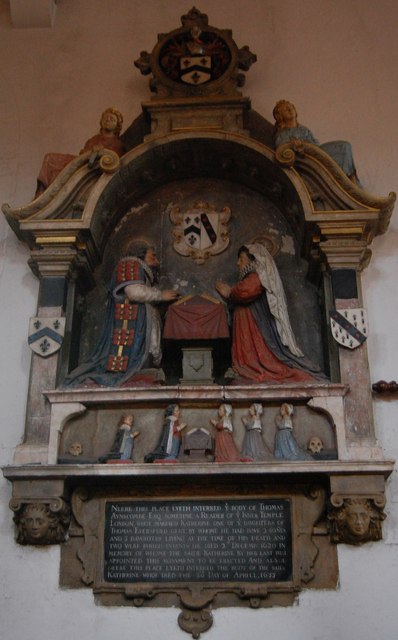
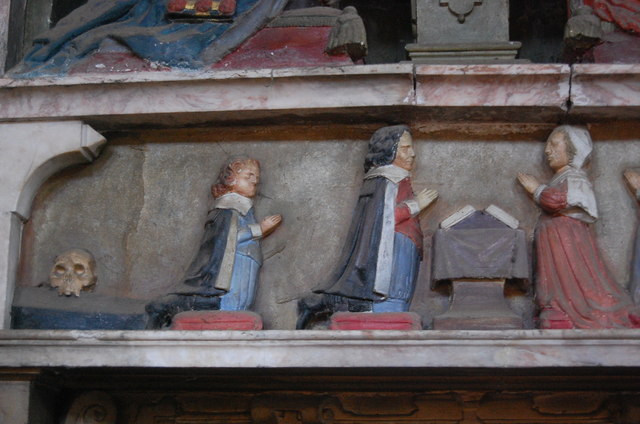
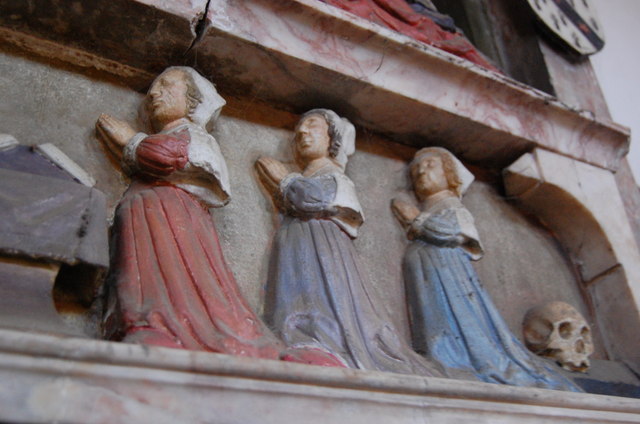
Bainden Wood is located at Grid Ref: TQ5925 (Lat: 51.010677, Lng: 0.27732941)
Administrative County: East Sussex
District: Wealden
Police Authority: Sussex
What 3 Words
///intention.pulps.spared. Near Heathfield, East Sussex
Nearby Locations
Related Wikis
St Dunstan's Church, Mayfield
St Dunstan's, Mayfield in Mayfield, East Sussex was founded in 960 CE by St Dunstan, who was then Archbishop of Canterbury. It is reported as being originally...
Mayfield and Five Ashes
Mayfield and Five Ashes is a civil parish in the High Weald of East Sussex, England. The two villages making up the principal part of the parish lie on...
Mayfield School, East Sussex
Mayfield School, previously St Leonards-Mayfield School, is an independent Catholic boarding and day school for girls aged 11 to 18. It is in the village...
Mayfield Baptist Chapel
Mayfield Baptist Chapel, also known as Mayfield Strict Baptist Chapel, is a place of worship for Gospel Standard Strict Baptists in the village of Mayfield...
Mayfield railway station
Mayfield was a railway station on the now closed Eridge to Polegate cross country line (the Cuckoo Line). It was built by London, Brighton and South Coast...
Paines Cross Meadow
Paines Cross Meadow is a 3.7-hectare (9.1-acre) biological Site of Special Scientific Interest north-east of Heathfield in East Sussex.This site is damp...
Mayfield College
Mayfield College is a defunct Roman Catholic boys' boarding school founded as the Holy Trinity Orphanage For Boys in 1865–1866 by the American-born Dowager...
Ebenezer Chapel, Heathfield
Ebenezer Chapel is a Strict Baptist place of worship in the hamlet of Broad Oak, part of the parish of Heathfield in the English county of East Sussex...
Nearby Amenities
Located within 500m of 51.010677,0.27732941Have you been to Bainden Wood?
Leave your review of Bainden Wood below (or comments, questions and feedback).
